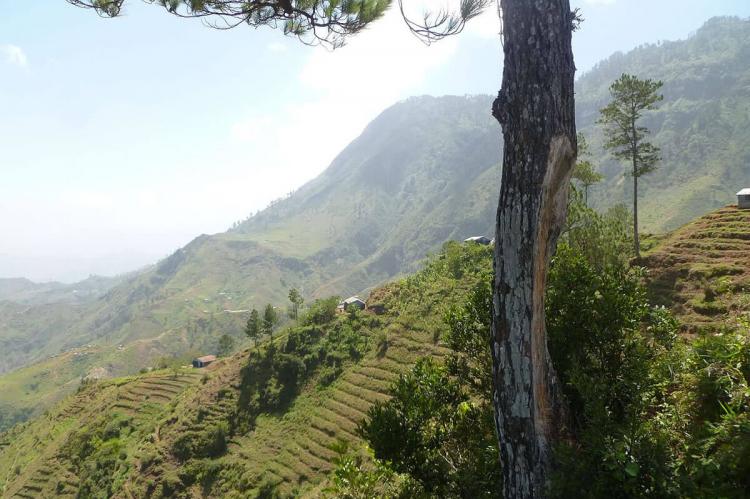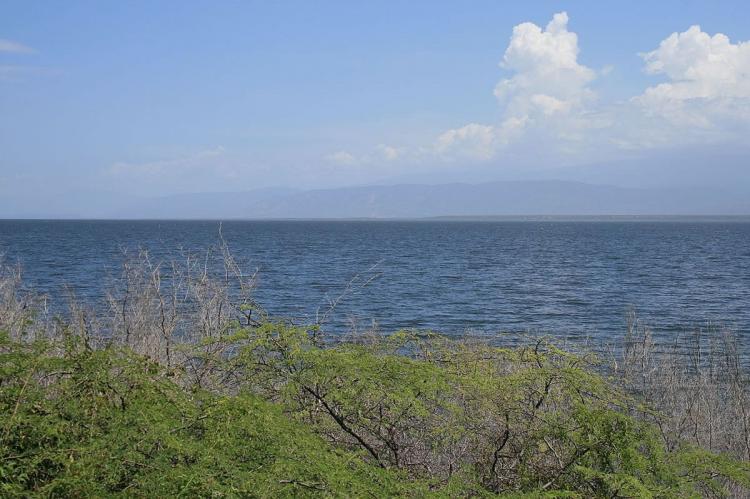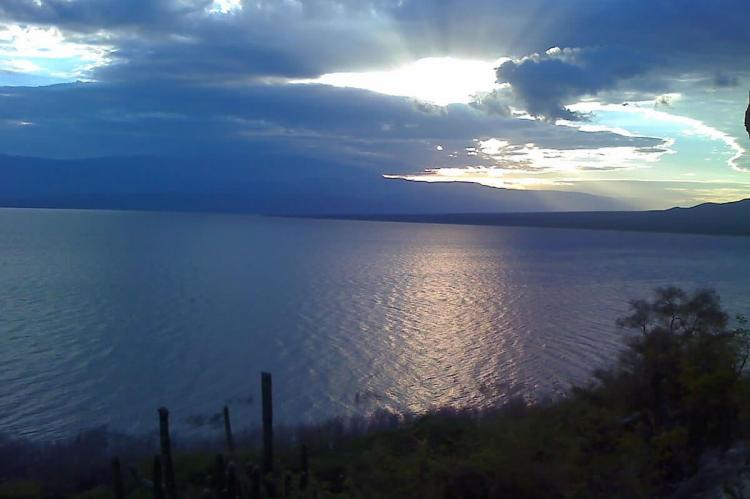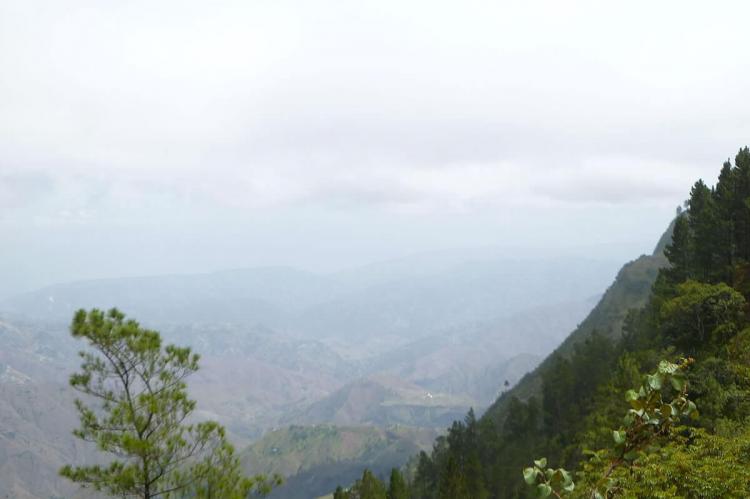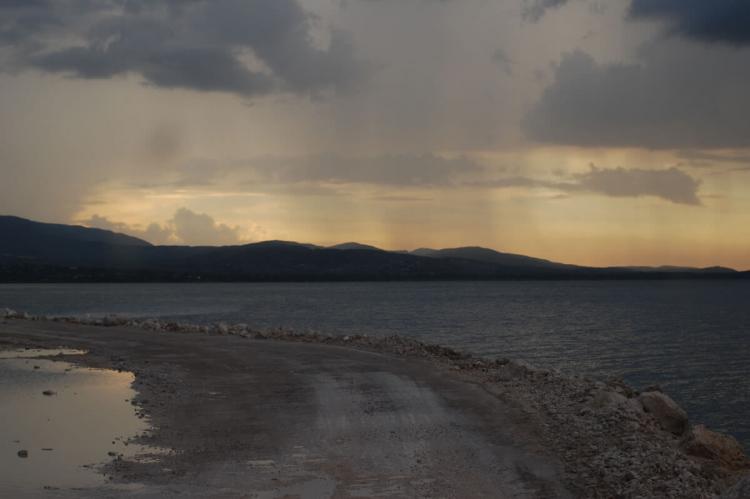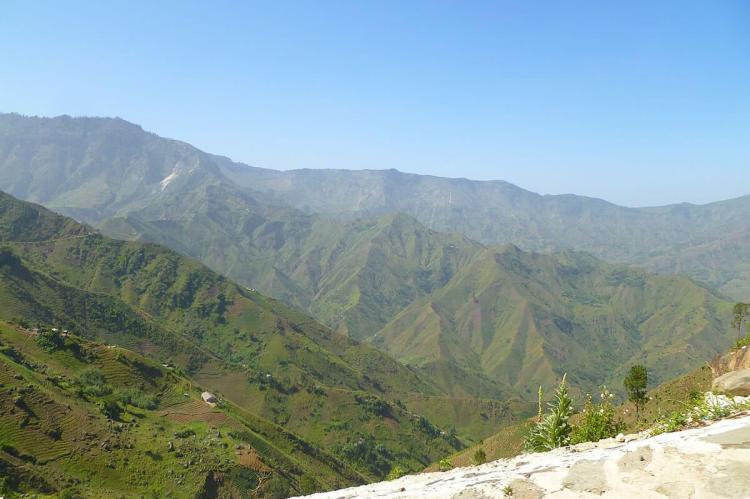The La Selle / Jaragua-Bahoruco-Enriquillo Biosphere Reserve: A Transboundary Ecological Marvel:
The La Selle/Jaragua-Bahoruco-Enriquillo Biosphere Reserve is a transboundary reserve encompassing two protected areas in Haiti and the Dominican Republic. It is an area of rich biodiversity and ecological significance, forming an environmental corridor that transcends boundaries.
The La Selle / Jaragua-Bahoruco-Enriquillo Biosphere Reserve: A Transboundary Ecological Marvel
Spanning the borders of Haiti and the Dominican Republic, the La Selle / Jaragua-Bahoruco-Enriquillo Biosphere Reserve stands as a testament to the region's rich biodiversity and ecological significance. This transboundary reserve encompasses two distinct yet interconnected protected areas: La Selle in Haiti and Jaragua-Bahoruco-Enriquillo in the Dominican Republic, forming an environmental corridor that transcends political boundaries.
La Selle Biosphere Reserve: Haiti's Biodiversity Hotspot
Massif de la Selle: A Towering Presence
At the heart of the Haitian side of the reserve lies the Massif de la Selle, a majestic mountain range that boasts Pic la Selle, Haiti's highest peak, soaring to 2,680 meters (8,793 feet). This region is renowned as the second most biodiverse area in the country, following closely behind the famed Massif de la Hotte.
Endemic Treasures
The La Selle Biosphere Reserve is a haven for endemic species, mainly flowering plants. A remarkable 16% of the region's plant life is found nowhere else on Earth. This unique biodiversity extends to the animal kingdom, with 22 species of amphibians and 41 species of reptiles calling the reserve home, including two reptile species endemic to the Massif de la Selle.
Diverse Landscapes and Ecosystems
The reserve's landscapes are a tapestry of natural wonders, ranging from lush rainforests and mountain pine forests dominated by the endemic Pinus occidentalis to deciduous forests and high-altitude dry forests. Along the coastal regions, marine ecosystems such as mangroves, lagoons, estuaries, and deltas add to the area's ecological richness.
Cultural Heritage and Human Settlements
Nearly 4% of Haiti's population, approximately 380,000 people, reside within or adjacent to the La Selle Biosphere Reserve, with a majority (68%) concentrated in the transition zone. These communities engage in various economic activities, including agroforestry, fisheries, tourism, recreation, leisure, and crafts, deeply intertwined with the reserve's natural resources.
The historic city of Jacmel, partially included within the reserve's boundaries, is a cultural gem that preserves significant architectural traditions and colonial-era urban landscapes.
Jaragua-Bahoruco-Enriquillo Biosphere Reserve: Dominican Wonders
Lago Enriquillo National Park: A Saline Spectacle
One of the standout features of the Dominican side of the reserve is the protected Lago Enriquillo and Isla Cabritos National Park, which encompasses the highly saline Lake Enriquillo, a remarkable body of water situated below sea level.
Diverse Ecosystems and Biodiversity
The Jaragua-Bahoruco-Enriquillo Biosphere Reserve is a tapestry of natural ecosystems encompassing tropical highlands, karstic terraces, coastal regions, marine areas, islands, and cays. This diverse array of habitats supports a rich biodiversity and significant regional endemism.
The reserve's landscapes range from humid and cloud forests to caves, coastal wetlands with mangrove associations, mud banks, and lagoons, creating a complex habitat network that sustains a wealth of flora and fauna.
Coastal and Marine Life
Along the coastal and marine areas of Parque Jaragua, visitors can witness the majestic presence of pelicans (Pelecanus occidentalis) and the elusive West Indian manatee (Trichechus manatus). The Isla Beata and Cayo Los Frailes serve as vital habitats for various marine bird species, with a reported 107 bird species and 67 reptile species documented throughout the reserve.
Conservation and Sustainable Development
The La Selle / Jaragua-Bahoruco-Enriquillo Biosphere Reserve represents a collaborative effort between Haiti and the Dominican Republic to preserve and manage this shared ecological treasure. Through responsible tourism, environmental education, and sustainable development initiatives, both countries aim to strike a harmonious balance between conservation and the needs of local communities. By bringing together these two distinct yet interconnected reserves, the La Selle / Jaragua-Bahoruco-Enriquillo Biosphere Reserve is a hope for transboundary cooperation in safeguarding the region's rich natural heritage and ensuring its long-term resilience.
